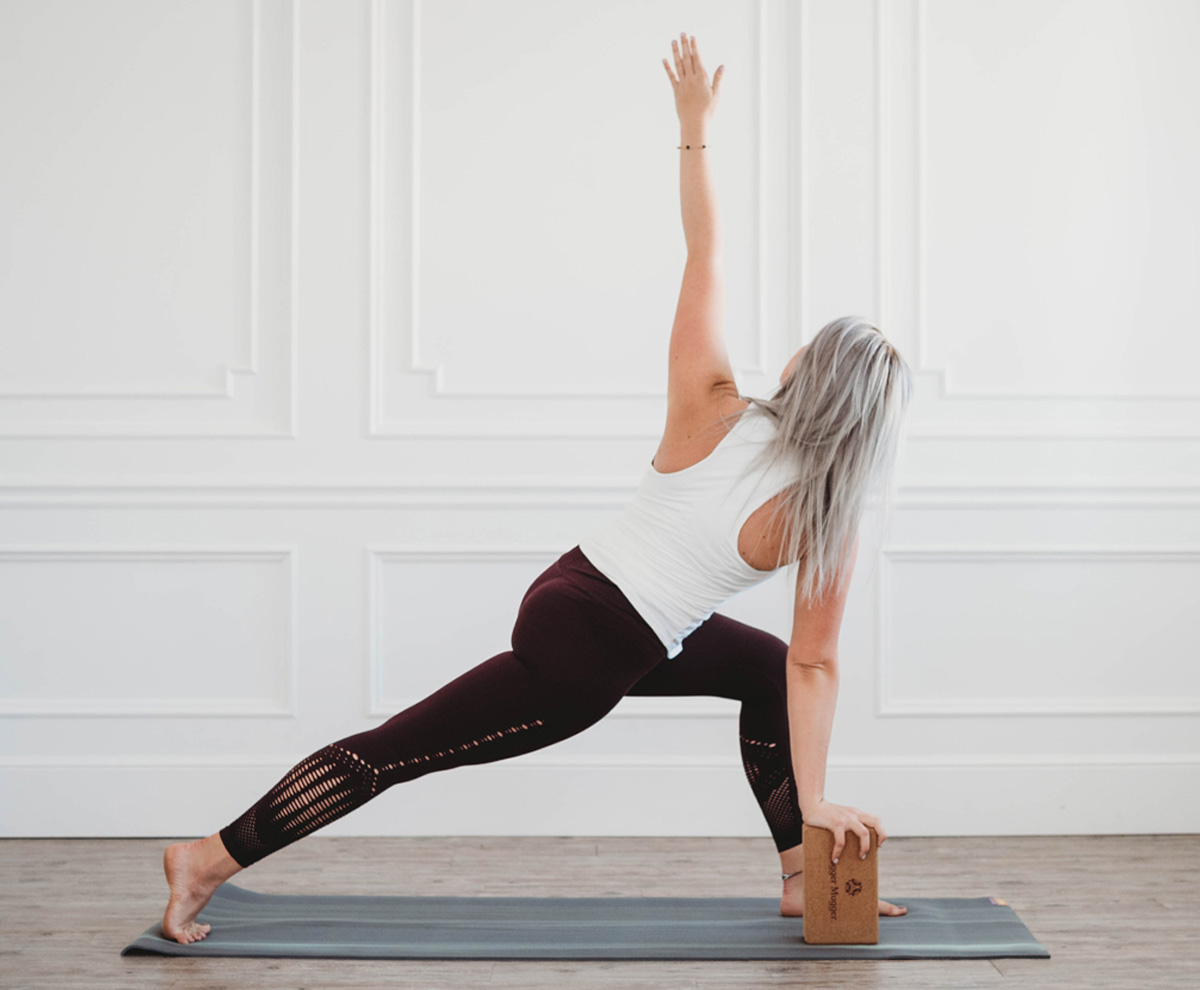
For centuries, solitary yogis practiced meditation, pranayama and postures on the dirt floors of simple huts. But something changed in the last century. Yoga became accessible to a public thirsty for inner peace in the context of daily life. With this came yoga classes, instead of the centuries-old tradition of one-on-one instruction. And with it came a whole new concept: making the physical practice accessible to everyone via yoga props.
It was B.K.S. Iyengar who developed most of the props we use today. Iyengar used props to allow everyone to practice with alignment integrity. With yoga props, all students, regardless of body type, could experience the balance of energy and calm that is the intended benefit of asana practice.
Why Use Yoga Props?
Yoga props are often misinterpreted as “crutches” for people whose practices are somehow less than optimal. But this is simply not true.
First, yoga props have many uses beyond making practice accessible to the inflexible. Think about prop-heavy restorative yoga poses, along with other supported poses that utilize props to deepen a practitioner’s experience of a pose.
Second, using yoga props can give all practitioners the ability to experience the purpose of practice, the communion of body and mind. By promoting continuity through the joints, props can help us free the flow of prana throughout the body. When the whole body is connected and working together, the breath becomes more free. When the body and breath are in sync, our practice deepens.
We could even call this “advanced yoga.” Popular images of yoga might make you think that performing crazy feats of flexibility is the point. But there’s nothing in the entire canon of yoga philosophy that points to this. It all boils down to the melding of body and mind. You can achieve this in any position. Yoga props are one way to help us move in that direction.
